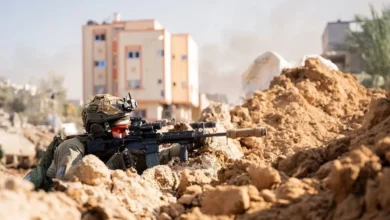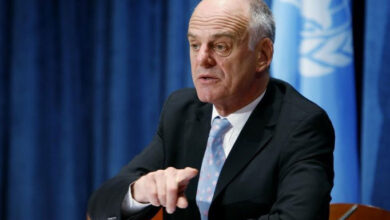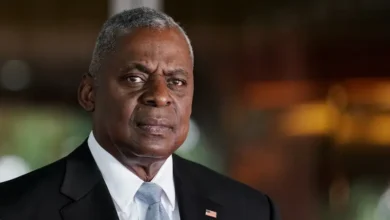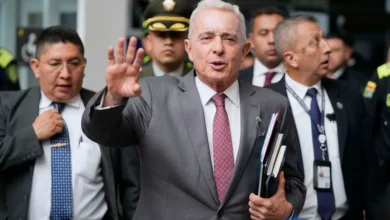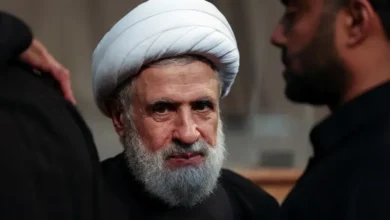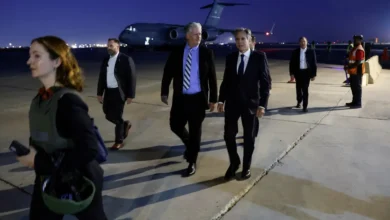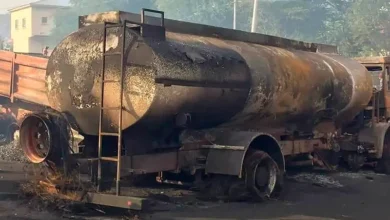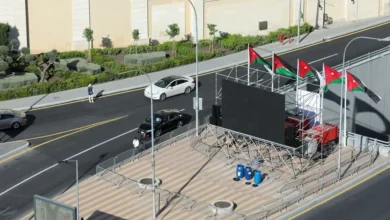After failed attempts, India’s opposition tries to work together in bid for survival
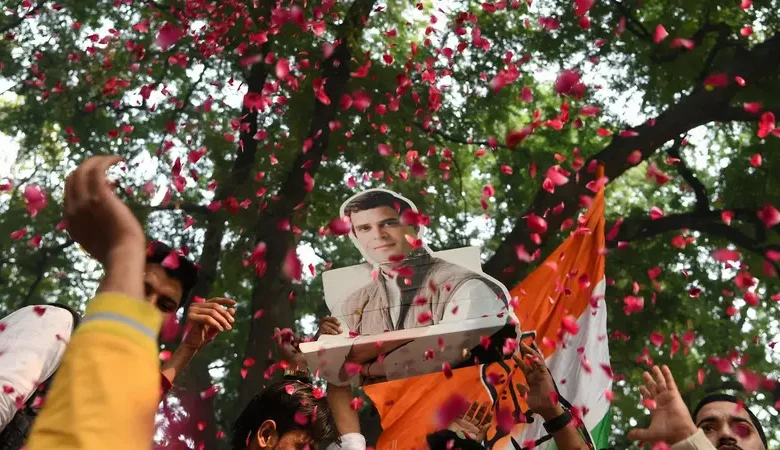
In a series of meetings last year, India’s opposition parties discussed what for many was increasingly a matter of survival.
Prime Minister Narendra Modi’s electoral juggernaut had battered them in two consecutive national elections, and they needed to fight back.
Over 20 parties stitched together an alliance they hoped would pose a credible challenge to Modi by shedding ideological differences, pooling resources, adroitly sharing seats, and not stealing each other’s votes.
It also meant the largest party in the group, the Indian National Congress, who won just 52 seats in parliament out of 543 in 2019, would have to take a backseat to regional parties in their strongholds or where they have a more popular candidate.
After initial hiccups with seat sharing and a deflating loss in state elections last year, there has been progress.
They’ve successfully divided up seats in some key states and the Congress is contesting the fewest constituencies it has in its storied history, which Yamini Aiyar, a political scientist, says is recognition within the party that “they’re not the front runner and the alliance partner plays a more important role.”
Aiyar, who till recently was president of the Center for Policy Research, a New Delhi-based think tank, says “the Congress has often pushed back on it, but finally it has in some ways gotten over its own arrogance and is willing to be a second player when needed.”
Congress and the alliance face a formidable opponent. Modi’s Bharatiya Janata Party has an enviable ground game. Its coffers are deep.
Modi remains one of the world’s most popular leaders. The economy has grown strongly, and in its decade in power, his government has effectively delivered on welfare programs.
But interviews with analysts, opposition party workers and voters signal it may not all be smooth sailing for Modi and the BJP.
Modi’s ambitious seat target, his dominant role in the party, the lack of an over-arching emotive issue, the rising cost of living and rampant unemployment are all seen as challenges.
On the other hand, the Congress’s messaging on effectively distributing wealth appears to have traction among voters.
While expected to easily win according most pre-election polls, in an interview with an Indian broadcaster Friday, Modi acknowledged that he faces more of a challenge this time around.
Voter turnout has been down in the election’s first three phases, and Indian markets appear jittery.
Take the city of Aurangabad — some 340 km (211.27 miles) east of Mumbai, India’s financial capital — as a test case for the opposition’s chances.
It is a dusty, arid town in India’s wealthiest state, Maharashtra, plagued by water shortages and home to 1.6 million people, about a third of whom are from the country’s Muslim minority.
The city has long been a bastion of the hardline, Hindu majoritarian Shiv Sena party.
The party split two years ago, and a faction, the Shiv Sena (UBT), is now aligned with the Congress. Another has remained allied with the BJP.
Three weeks ago, around 5000 people showed up to the inauguration of the alliance candidate’s campaign office.
Chandrakant Khaire is a member of that hardline Hindu party but on hand were members not just from his own party but also from the Congress and other alliance members — all former rivals.
Local leaders described the moment as a sign of changing times. “People came with passion to the event,” said Pathan Imran Khan, a member of another key regional party. “It was a show of strength for the alliance.”
Khaire has a strong track record, having won the seat four times in a row, but narrowly lost to a candidate from a small, primarily Muslim party last time around.
Just ten days before the city was scheduled to head to the polls, at Khaire’s modest home, dozens of local politicians waited patiently in an outer office, sipping sweetened tea.
Khaire, 72, arrived in a crisp white kurta and orange vest, his forehead anointed with sandalwood paste.
His office is covered in religious imagery and he first paid homage to a photograph of his party’s late founder — a hardline Hindu nationalist — before launching into a strategy session with three Congress leaders on how to lobby — and win over — the city’s Muslims.
The alliance is hoping they can win by retaining Khaire’s Hindu base while picking up Muslim votes and those disillusioned with the BJP.
For Khaire, there is a broader message for voters — the opposition’s fears of democratic erosion under Modi’s decade in power.
“This election is about the future of this country,” said Khaire. “If the BJP wins, this country will be over, the Muslim society will be over, and we will all go to jail,” alluding to the opposition’s allegations that many of its leaders are being targeted by federal investigative agencies for alleged corruption and money laundering.
Not everyone is convinced. Kailash Bhodse, a 45-year-old plumber, says Modi’s programs have provided him a home and a monthly cash handout. He doubts any entreaties will change his mind. “I don’t think of the opposition, only of Modi,” said Bhodse.
The opposition faces a sterner challenge in neighboring Jalna, a largely rural constituency. The BJP crushed the Congress there in 2019, with its candidate winning nearly 58 percent of the votes cast.
The Congress is once again contesting the seat, with the alliance supporting its candidate, Kalyan Kale, a former legislator.
On his campaign car, Kale sports not just the Congress’ flag but also of two other major alliance partners. He admits that he initially wanted to contest from Aurangabad but the party decided to hand that to Khaire, who stands a better chance at winning. “There is sacrifice in an alliance,” Kale says.
Statewide, the Congress is contesting 18 seats and the Shiv Sena (UBT), 21. A third alliance partner is contesting the remaining 9 seats.
Kale’s campaign touches on inflation and limited government support for farmers — all local issues for families here — but ones the Congress has championed, and constitute a possible area of weakness for the BJP, with the farming sector consistently lagging behind the overall economy.
“Farmers should get minimum support prices for cotton, onion,” Kale said, as he took a break from the grueling campaign schedule to eat lunch under the shade of mango trees, with temperatures hovering near the 42C (107.6F) mark.
Kale’s comments are echoed by Sunita Tangde. She lives in the village of Dawarwadi, where Kale made his next campaign stop of the day.
Tangde, in her mid-30s, complains that her family’s farm is running at a loss. But she hadn’t decided who she would vote for, except that it would only be for the party that guaranteed help on the region’s issues. “Otherwise, there is no vote this year,” she said.
Others like Digambre Jitangre, a 35-year-old farmer, says he voted for the BJP in the last two elections. But, will switch to the Congress this time, as he questioned Modi’s increasingly dominant role in the party and the government.
“It is Modi’s government. It is not the Indian government,” said Jitangre. “How can the government belong to one man?”
Beyond the careful seat division and providing support for their political partners, it is sentiments like Jigtare’s that have the potential to boost the opposition alliance, says Jaydev Dole, an Aurangabad-based author and social historian.
“Mr. Modi is trying very hard to imbibe on the minds of the people that he’s the only leader,” says Dole. “But with this, the BJP has set itself into a trap.”
